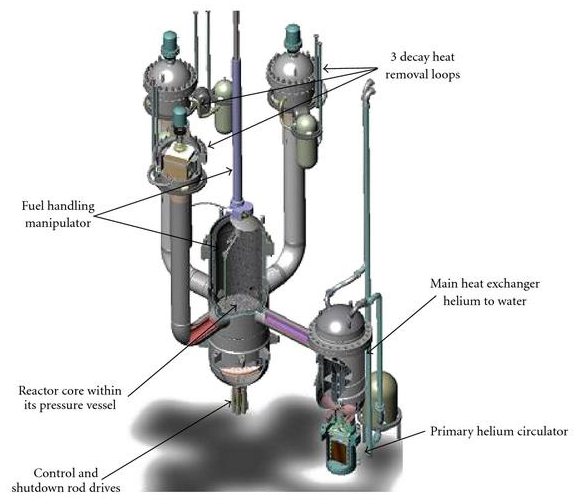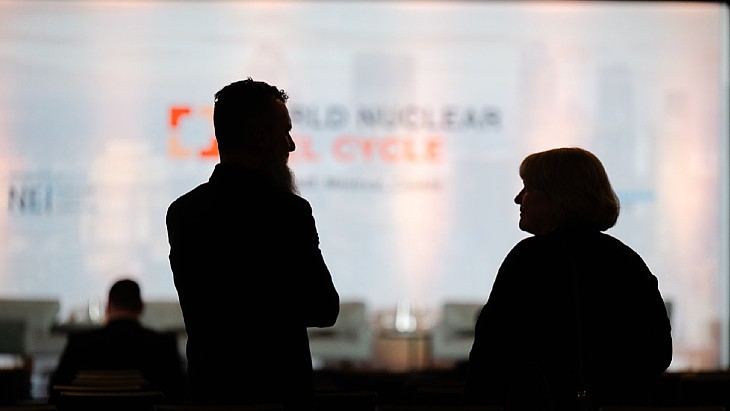Countries move to host Allegro reactor
![]() Moves have been made to site the Allegro advanced reactor in central Europe. The Czech Republic, Hungary and Slovakia have agreed to make a joint proposal to host the project.
Moves have been made to site the Allegro advanced reactor in central Europe. The Czech Republic, Hungary and Slovakia have agreed to make a joint proposal to host the project.
Moves have been made to site the Allegro advanced reactor in central Europe. The Czech Republic, Hungary and Slovakia have agreed to make a joint proposal to host the project.
 |
| The layout of Allegro (click to enlarge) |
It was France that suggested a joint hosting arrangement in central Europe, and the idea has received support from the Czech, Hungarian and Slovakian governments. Last week a memorandum of understanding on cooperation for the preparatory phase of Allegro was signed in Budapest by the countries' lead nuclear research bodies, AEKI Budapest, UJV Rez and VUJE Trnava, respectively. It covers work for the next two or three years concerning the potential siting of the reactor in the countries, the selection of a specific site and also the overall organization of work for Allegro.
The trio of research bodies have made a joint proposal to have Allegro placed on the road map of the European Strategy Forum on Research Infrastructures - a forum at EU level to support large scale research and development facilities.
They will also prepare basic documents that will form the basis to make a later decision on construction and operation of Allegro in one of their countries. Support for this is coming from France's Atomic Energy Commisison(Commissariat a l'Energie Atomique, CEA).
Allegro comes under the EU's gas-cooled fast reactor (GFR) program among a range of Generation-IV reactors. It is meant to demonstrate GFR technology and establish its potential relative to a sodium-cooled alternative design as part of the Generation-IV International Forum.
Conceptual design and safety work for Allegro was carried out around 2005. The reactor's primary coolant would be helium gas, with pressurized water in a secondary loop. The core would have either ceramic fuel and an outlet temperature of 850 deg C, or uranium-plutonium mixed oxide fuel and an outlet temperature of 560 degrees. The reactor could be built in the period between 2014 and 2022.
Allegro's pilot-scale demonstration would validate the safety reference framework and test the capacity of high-temperature components and heat processes. It would be a step towards a power-generating GFR prototype.
Researched and written
by World Nuclear News
_92619.jpg)

_84504.jpg)






_79311.jpg)


